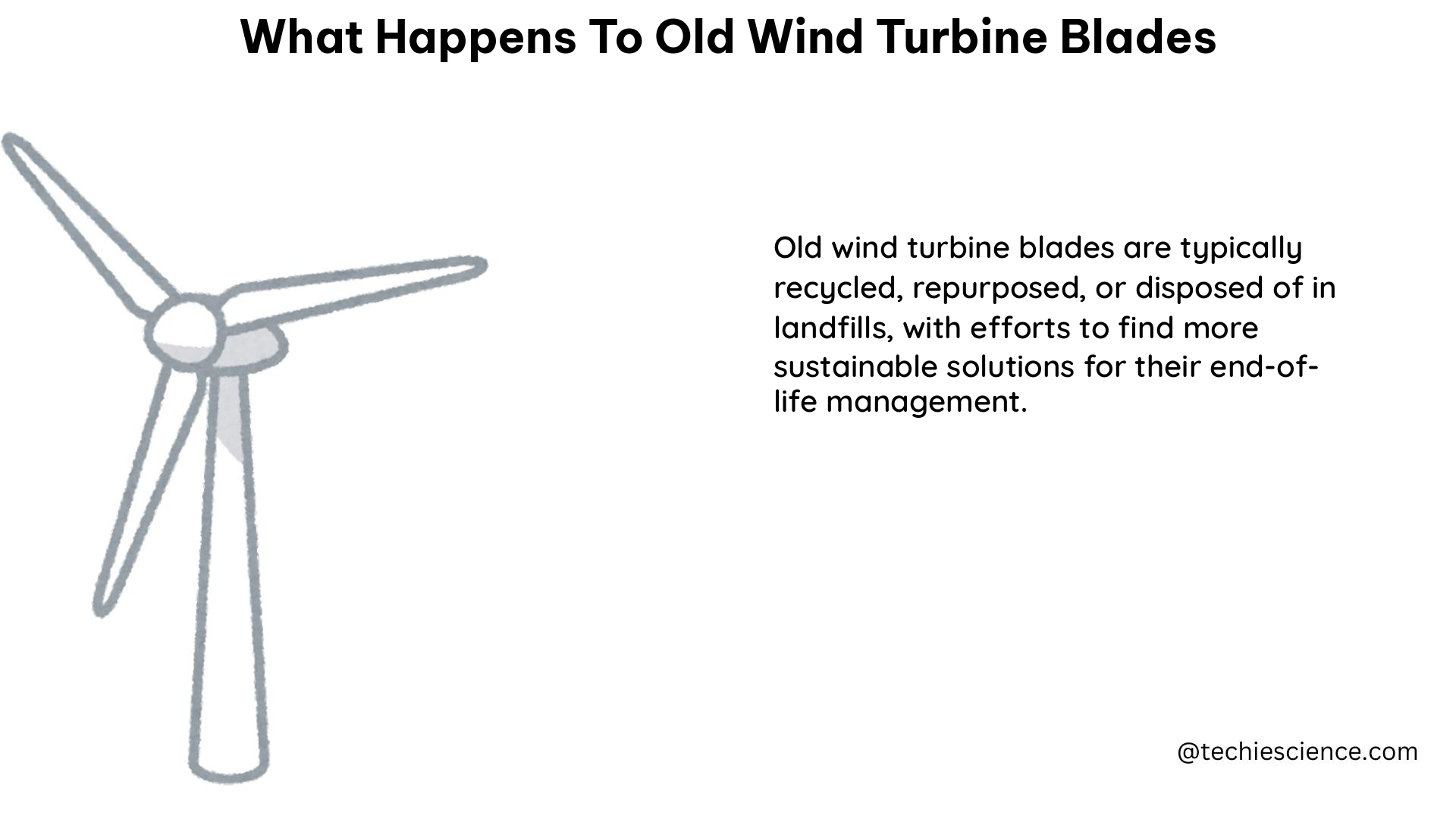As the global shift towards renewable energy continues, the wind power industry has seen exponential growth, with wind turbines becoming an increasingly common sight across the world. However, as these turbines reach the end of their lifespan, the question of what happens to their massive blades has become a pressing concern. This comprehensive guide delves into the various methods and technologies employed to address the challenge of decommissioned wind turbine blades.
Landfilling: A Temporary Solution
According to a 2022 study, approximately 8,000 wind turbine blades were retired in the US in 2021, with each blade averaging about 200 feet in length. By 2050, the world may have to contend with a staggering 43 million metric tons of retired wind turbine blades. While landfilling may seem like a straightforward solution, it is not without its drawbacks.
Landfilling, however, does not pose a significant threat of soil or groundwater contamination, as the fiberglass and resin materials used in wind turbine blades are generally inert and non-hazardous. Additionally, the volume of retired wind turbine blades represents only a tiny fraction of the global solid waste stream, making landfilling a viable, if temporary, option.
Recycling: Innovative Approaches

To address the limitations of landfilling, innovative companies have developed advanced recycling and repurposing technologies to give new life to decommissioned wind turbine blades.
Cement Production
Veolia, in partnership with GE, has pioneered a process that involves shredding down fiberglass blades and incorporating the material into cement production. This approach not only diverts the blades from landfills but also reduces the carbon footprint of cement manufacturing by replacing a portion of the traditional raw materials.
Textile and Synthetic Material Production
Carbon Rivers, a US-based company, has developed a method to transform fiberglass wind turbine blades into textiles and other synthetic materials. This process involves breaking down the blades into their constituent components, which can then be repurposed into a wide range of products, from clothing to automotive parts.
Railroad Ties and Plastic Pellets
Global Fiberglass Solutions, another innovative company, has found a way to turn recycled fiberglass from wind turbine blades into railroad ties and plastic pellets. This approach not only gives new life to the blades but also provides a sustainable alternative to traditional materials used in infrastructure and manufacturing.
New Technologies: Designing for Recyclability
In addition to recycling efforts, some manufacturers are taking a proactive approach by designing wind turbine blades with recyclability in mind. Siemens Gamesa, a leading wind turbine manufacturer, has developed a new type of blade epoxy resin that allows for easier separation of the blade components when the turbine reaches the end of its lifespan.
This new technology, which was first installed in an offshore wind farm in Germany in July 2022, involves immersing the blade in an acidic fluid at high temperatures. This process causes the resin to dissolve, allowing the various components, such as the fiberglass and other materials, to be easily separated and recycled.
Reuse: Transforming Blades into New Structures
Innovative approaches have also emerged that focus on the reuse of decommissioned wind turbine blades, rather than recycling or landfilling. These creative solutions transform the massive blades into new structures, such as playgrounds, seating areas, and other public amenities.
One notable example is the Wikado playground in the Dutch city of Rotterdam, where discarded wind turbine blades were repurposed into a unique and engaging play structure for children. This approach not only gives new life to the blades but also showcases the potential for renewable energy components to be integrated into the built environment.
Conclusion
As the wind power industry continues to grow, the challenge of managing the end-of-life of wind turbine blades will only become more pressing. However, the innovative solutions and technologies outlined in this guide demonstrate that there are viable and sustainable alternatives to simply landfilling these massive structures.
From recycling the blades into cement, textiles, and other materials to designing for recyclability and repurposing the blades into new structures, the wind power industry is taking proactive steps to address this challenge. As these technologies and approaches continue to evolve, the future of wind turbine blade management looks increasingly promising, paving the way for a more sustainable and circular economy.
References:
- What Happens to Wind Turbine Blades at the End of Their Life Cycle?
- Recycling of wind turbine blades: State of the art, challenges and future perspectives
- Wind turbine blades: Recycling solutions emerge

The lambdageeks.com Core SME Team is a group of experienced subject matter experts from diverse scientific and technical fields including Physics, Chemistry, Technology,Electronics & Electrical Engineering, Automotive, Mechanical Engineering. Our team collaborates to create high-quality, well-researched articles on a wide range of science and technology topics for the lambdageeks.com website.
All Our Senior SME are having more than 7 Years of experience in the respective fields . They are either Working Industry Professionals or assocaited With different Universities. Refer Our Authors Page to get to know About our Core SMEs.